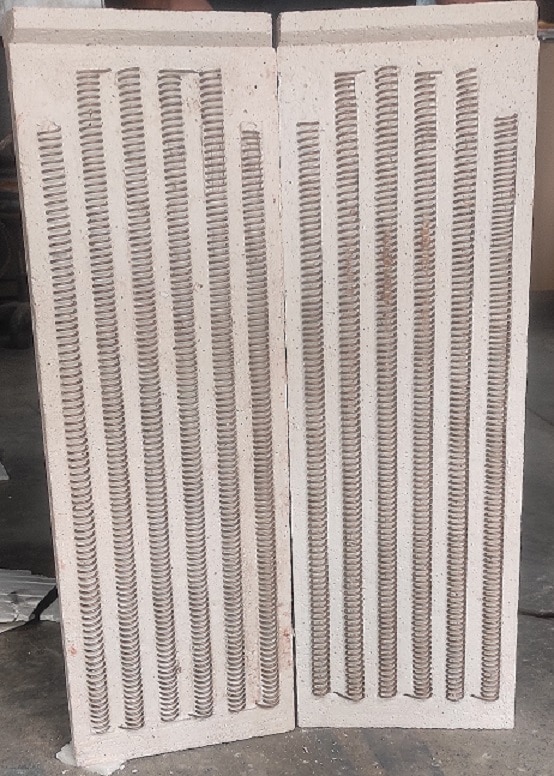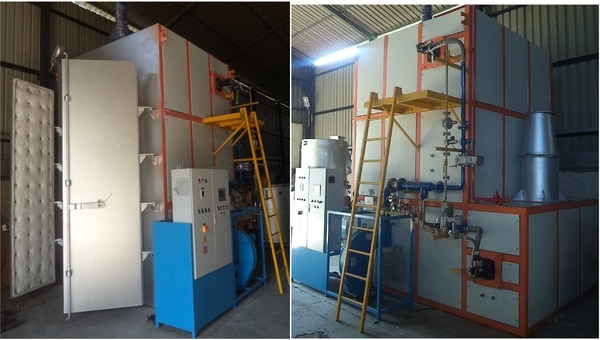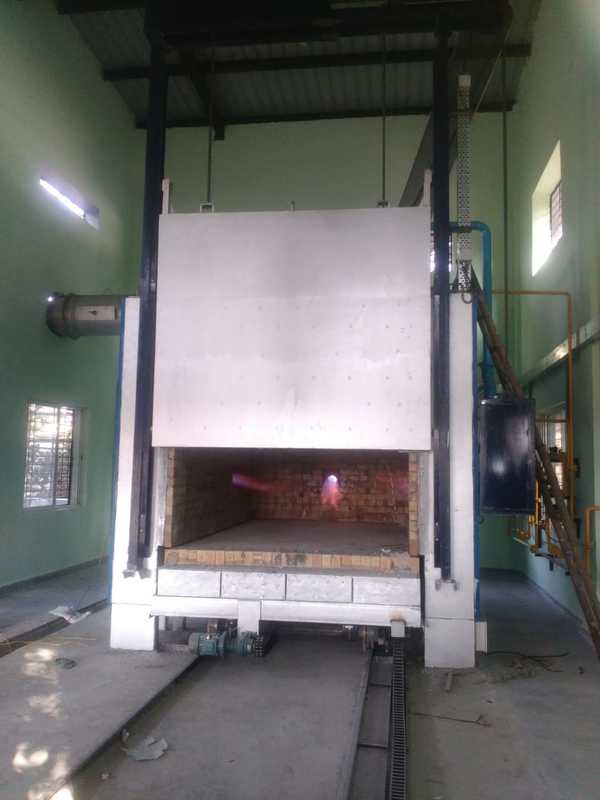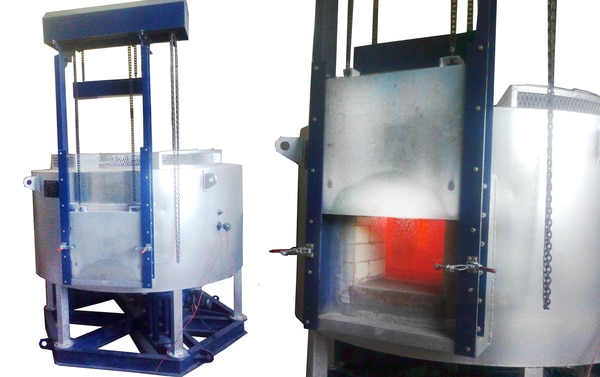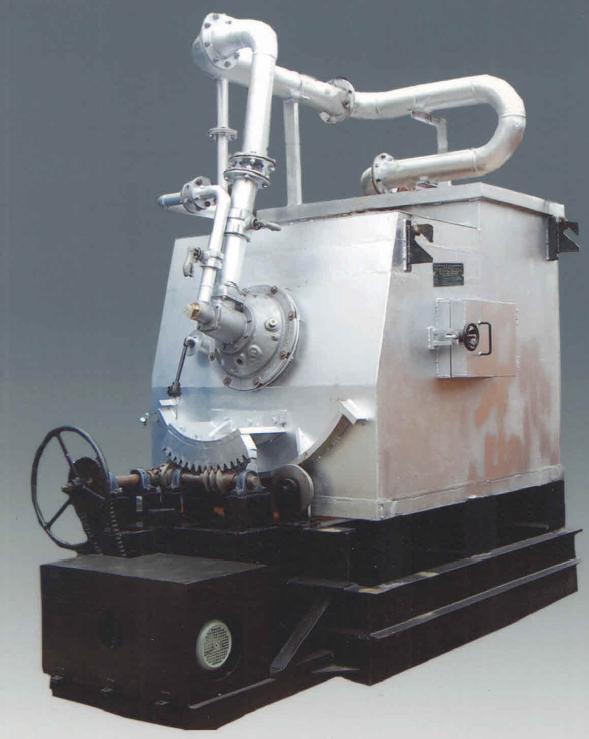Burn-Off Oven
Kalyani Enterprises manufacturing Heat Cleaning Oven For Powder & Paint CoatingsAt Pollution Control Products, We Offer to Burn Off Ovens That Are Effective In The Removal (Sometimes Called Stripping) Of Paint And Powder Coatings From Metal Parts Including Hooks, Racks And More. Below Is A Common Application Scenario For Our Ovens.
THE PROBLEM:
Paint And Powder Coating Operations Need A Safe, Fast And Efficient Way To Keep Their Paint And Powder Hooks And Racks Pristine To Maintain Product Quality And Profitability. Most Paint And Powder Coating Today Is Done Through An Electrostatic Coating Process. The Paint Or Powder Is Charged Negatively When It Comes Out Of The Application Sprayer, And The Part Being Coated Is Charged Positively, Thus Ensuring A Good Bond And Reducing The Amount Of Paint Or Powder Required To Coat The Part. Ultimately Paint And Powder Coating Buildup Reduces The Electrical Contact Resulting In Improper Coating And Wasted Paint Or Powder Coating. Not Only Must The Hooks Be Cleaned Regularly, But The Painted Parts May also Need To Be Stripped Of Old Paint Or Powder Coating So They Can Be Recoated Properly.
THE SOLUTION:
Cleaning Furnaces (Burn-Off Ovens) Have Been A Major Component Of Paint And Powder Coating Operations For Many, Many Years. The Furnace's Fully Automated Cleaning Cycle Greatly Reduces Labor Costs, Extends The Life Of Hangars And Racks And Helps Maintain A Moving And Clean Finishing Line. Excessive Coatings And Buildup On Hooks, Racks, And Metal Parts Are Vaporized Into Smoke - Pyrolyzed At Temperatures Of 370-430°C. The Resulting Smoke And Emissions Generated Are Drawn Through A Powerful Afterburner Operating At Approximately 430°C, Incinerating The Smoke Completely, Leaving Only Invisible, Odorless And Harmless Water Vapor And Carbon Dioxide To Exit The Exhaust Stack. Only Inorganic Ash Remains On The Parts, Which Is Easily Removed With A Water Rinse. The Cleaned Hooks And Racks Are Then Ready To Be Returned To Service.
Send Message


